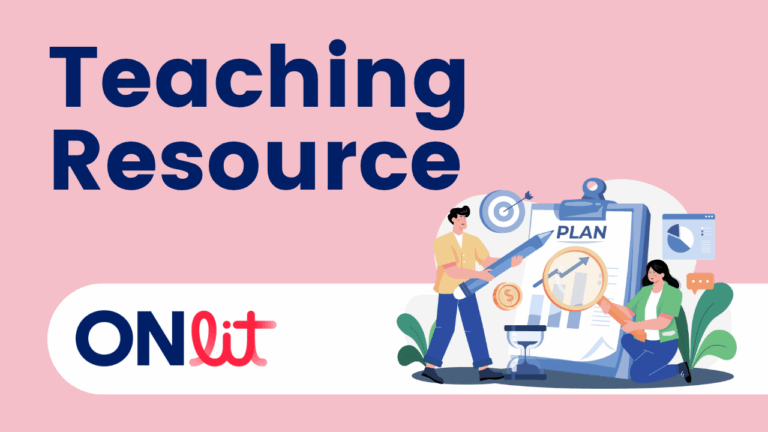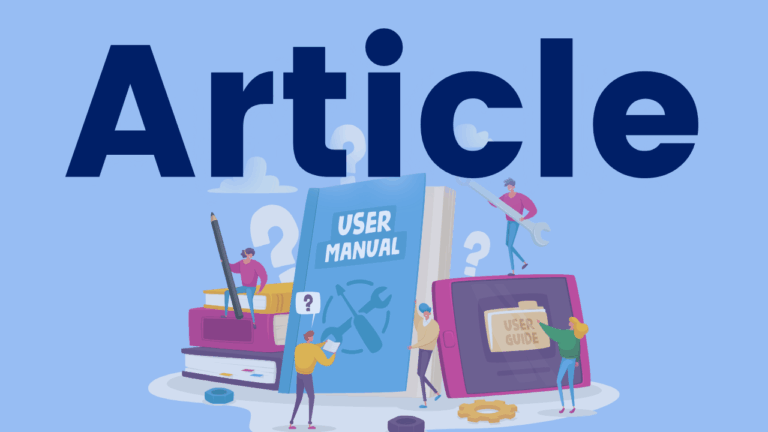Fluency in Perspective: Grade 7
This is a collection of passages designed to be used for fluency instruction in grade 7. Developed by Lisa Rogers, Laura Bross, Ayesatta Conteh, Marissa Griese, Teresa Oud, and Catherine Shawana, each passage focuses on a topic associated with a curriculum expectation across content areas. Content was carefully considered to ensure that it shares perspectives…





